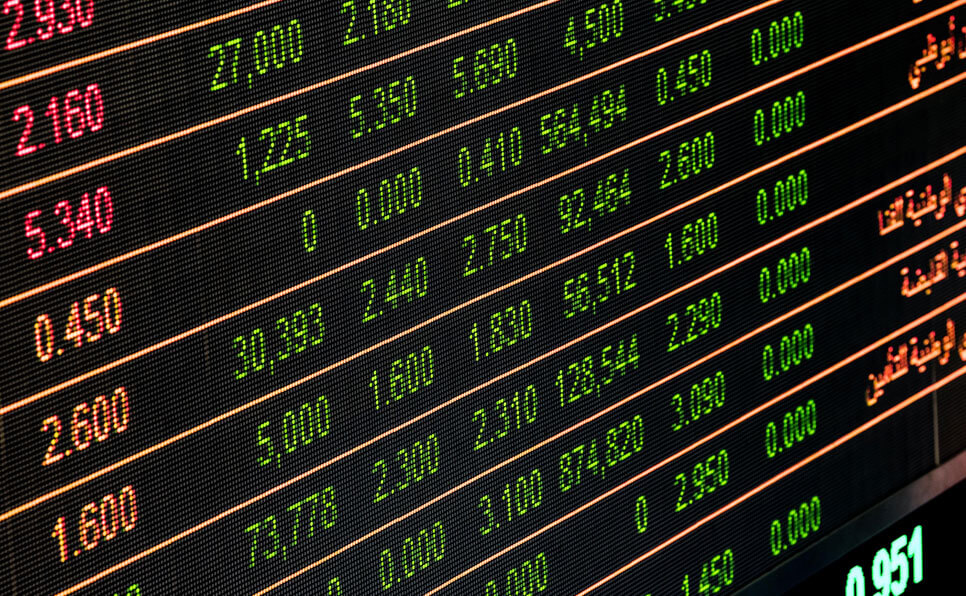📝 Intro
The history of the Nigerian Naira is a story of transformation — from a colonial economy using British Pounds to the rise of an independent national currency. Launched in 1973, the Naira once held strong purchasing power and symbolized Nigeria’s economic ambition. But over time, inflation, policy shifts, and economic shocks eroded its value. Let’s explore how the Naira rose, struggled, and what lies ahead.
💱 From British Pound to the Nigerian Naira
The history of the Nigerian Naira officially began on January 1, 1973, when it replaced the Nigerian Pound at a rate of £1 = ₦2.
Nigeria was the last country in the British Commonwealth to abandon the Pound system, aiming to assert its post-independence identity. The Central Bank of Nigeria (CBN) rolled out new notes and coins, introducing the name “Naira” — coined from the word “Nigeria.”
📉 Naira’s Decline and Devaluation
In the 1980s and 1990s, the Naira faced major setbacks. Oil price collapses, corruption, and structural adjustment programs (SAPs) led to repeated devaluations.
By 1985, $1 equaled ₦1.75 — but by the mid-90s, the Naira was trading at ₦84 to $1 on the black market.
Currency instability became a reflection of Nigeria’s broader economic struggles: import dependency, rising inflation, and declining investor confidence.
💸 Redesigns, Rebrands & Policy Moves
The history of the Nigerian Naira includes several notable reforms:
- 2007: Polymer banknotes introduced (₦5, ₦10, ₦20, ₦50)
- 2012: Move to cashless policies and e-payment systems
- 2022: CBN redesigns ₦200, ₦500, and ₦1,000 notes
- 2023: Introduction of the eNaira — Nigeria’s Central Bank Digital Currency (CBDC)
These moves aimed to combat counterfeiting, improve traceability, and push digital adoption, but public trust in the Naira remained shaky.
🧮 Current Status of the Nigerian Naira
Today, the Naira faces high inflation, currency scarcity, and ongoing devaluation. The CBN maintains multiple exchange rates, which has led to a thriving parallel market.
Despite economic reforms, many Nigerians prefer the US Dollar for savings and transactions — undermining confidence in the local currency.
💡 Did You Know?
Nigeria was the first African country to launch a digital currency (eNaira) — ahead of South Africa, Ghana, and Kenya.
❓ FAQs
Q1: When was the Nigerian Naira introduced?
A: The Naira replaced the Nigerian Pound on January 1, 1973.
Q2: What caused the Naira to lose value?
A: Economic mismanagement, overdependence on oil, and foreign exchange instability caused repeated devaluations.
